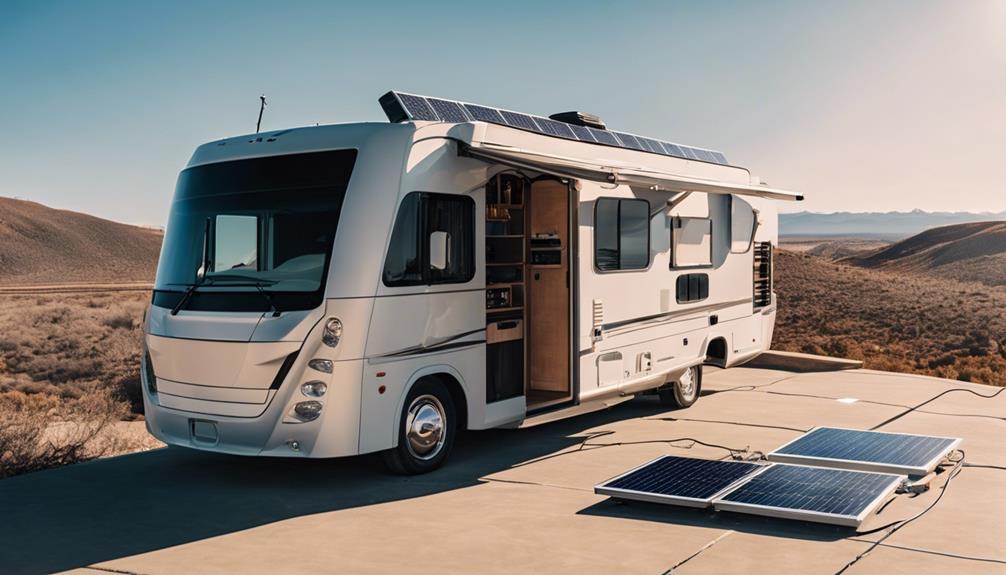
Creating a solar panel drawing is an essential skill for anyone involved in renewable energy projects, whether you are an engineer, architect, or a DIY enthusiast. Understanding how to design and visualize solar panel systems is crucial for effective planning and execution. In this blog post, we will explore the various aspects of solar panel drawings, including their purposes, essential components, and tips for creating effective designs.
Understanding the Purpose of Solar Panel Drawings
Solar panel drawings serve multiple purposes, primarily acting as a visual representation of the solar energy system layout. They help in planning the installation process, ensuring that all components fit together seamlessly. Additionally, these drawings are critical for regulatory approvals and obtaining permits. By providing clear visual guidance, solar panel drawings can expedite the installation process and help stakeholders understand the project better. Whether you’re designing a residential solar panel system or a large commercial installation, having a well-structured drawing is key to success.
Key Components of a Solar Panel Drawing
When creating a solar panel drawing, it’s essential to include several key components. These typically encompass the solar panels themselves, inverters, mounting systems, wiring, and battery storage (if applicable). Each element should be accurately represented to provide a comprehensive overview of the system. Also, consider including annotations for dimensions, material types, and manufacturer specifications. This level of detail not only aids in the installation process but also ensures that the system meets local building codes and regulations.
Choosing the Right Tools for Solar Panel Drawings
To create professional-quality solar panel drawings, you’ll need the right tools. Software options range from simple drawing programs to advanced CAD (Computer-Aided Design) systems. Popular choices include AutoCAD, SketchUp, and specialized solar design software like PVsyst or Helioscope. While some programs offer extensive features for detailed engineering designs, others are more user-friendly and suitable for beginners. Assess your needs and choose a tool that matches your skill level and the complexity of your project.
Best Practices for Creating Solar Panel Drawings
Creating effective solar panel drawings involves following best practices that enhance clarity and usability. Start with a clear layout that accurately reflects the orientation and tilt of the solar panels. Use consistent symbols and notations throughout the drawing to avoid confusion. Additionally, ensure that your drawing includes scale measurements, so installers can easily reference dimensions on-site. Lastly, consider color-coding different components for quick identification, which can save time during the installation process.
Incorporating Local Regulations and Standards
When drafting your solar panel drawing, it’s crucial to incorporate local regulations and industry standards. Different regions may have specific requirements regarding the installation of solar energy systems, including safety measures, structural integrity, and aesthetic considerations. Research local building codes, zoning laws, and utility regulations to ensure compliance. By adhering to these guidelines, you can minimize the risk of project delays or costly modifications after installation.
Utilizing Solar Panel Drawings for Project Communication
Solar panel drawings play a significant role in facilitating communication among project stakeholders. From engineers and architects to contractors and clients, everyone involved in the project can use these drawings as a reference point. A well-crafted solar panel drawing can help clarify design intentions, streamline discussions, and ensure everyone is on the same page. By providing a detailed visual representation, you can minimize misunderstandings and foster collaboration throughout the project lifecycle.
Common Mistakes to Avoid in Solar Panel Drawings
Even seasoned professionals can make mistakes when creating solar panel drawings. One common error is neglecting to consider shading from nearby structures or trees, which can significantly impact system performance. Additionally, failing to accurately represent wiring and connections can lead to installation issues. Ensure that every component is correctly placed and that your drawing reflects the actual layout of the installation site. Double-checking your work and seeking feedback from peers can help you avoid these pitfalls.
The Future of Solar Panel Drawings in Renewable Energy
As the renewable energy sector continues to evolve, so too will the methods and technologies used for creating solar panel drawings. Advances in software and 3D modeling will likely enhance the accuracy and efficiency of design processes. Furthermore, the integration of augmented reality (AR) and virtual reality (VR) technologies could revolutionize how stakeholders interact with solar panel designs. These innovations will not only improve design accuracy but also provide immersive experiences for clients and team members, ultimately driving the adoption of solar energy solutions.
In conclusion, mastering the art of solar panel drawing is a vital skill for anyone involved in the renewable energy sector. By understanding the purpose and key components of these drawings, utilizing the right tools, and following best practices, you can create effective designs that facilitate successful installations. Incorporating local regulations and maintaining clear communication among stakeholders will further enhance your project’s success. Avoid common mistakes, and keep an eye on future developments in design technology to stay ahead in this rapidly growing field. Embrace the potential of solar energy and contribute to a sustainable future with well-crafted solar panel drawings!





